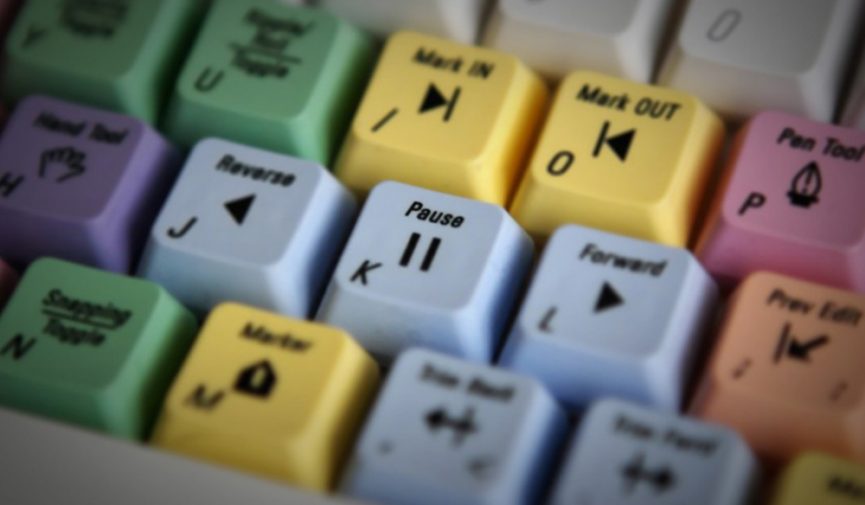

His company now comes forward with a next-generation colour grading app and plug-in for Final Cut Pro X, Premiere Pro, and Da Vinci Resolve via the OFX plug-in, Cinema Grade.
#Cinema grade vs color finale software#
Now, when you play the video, you’ll see the impact of your grading.Denver Riddle and Dmitry Lavrov are a colour grading expert and software developer who first developed Color Finale for Final Cut Pro X. The final step is to hit Apply to return to your editing software. As with the other Looks and LUTs, you can then adjust its intensity and use the Final Grading tools to tweak the result until you’re completely happy. It’s even possible to transfer the look from a favorite clip or image, making the software very flexible: the Look Transfer tool analyses your source image or clip and then tries to transfer it to your new clip. Over on the left of the screen you can also reveal a panel to select Looks, or LUTs, to apply to your clips in one go. The exposure and color adjustment tools are all still available here, but their effect is applied to all the clips in the group to ensure a uniform look. With the shots matched, you’re ready to progress to the Final Grading section to give your video its mood and character. The waveform, vector scope and histogram are useful tools for assessing exposure and making adjustments (Image credit: Angela Nicholson/Digital Camera World) (opens in new tab) Clicking Match Shots enables you to see the clips side by side (with or without the video scopes visible), so that you can make any further adjustments or just apply the Hero shot’s corrections.

Switch to another color to group the next set of clips, and so on. To do this, pick a color from the options on the left, and then click on the first clips that should match. In this second stage you need to group all the shots that should match. Once you’re happy with the exposure and color balance of each clip, it’s time to click on Shot Matching at the top of the screen. The slider controls on the right are useful if you want to reset or tweak any adjustments. Click on a highlight area with the Light tool selected, for example, then drag down to darken brighter parts of the scene without changing the shadows.

With the Light (Shadows, Midtones, Highlights) or Color (Shadows, Midtones, Highlights) adjustment tool selected, you can adjust the brightness or saturation of specific tonal regions just by clicking and dragging on them. Once you’ve selected a tool, click on the image to add a control point, and then drag up or down to adjust it. It’s just a case of using the Camera dropdown options and selecting the appropriate Log setting.Ĭlick and hold on the controls at the top left of the screen to reveal the sub-options that are available (Image credit: Angela Nicholson/Digital Camera World) (opens in new tab)

Cinema Grade can do this automatically using the Color Management tools, accessed by clicking on the arrow on the left of the screen. The first step if you shot in Log mode is to make the footage look a little more normal. The aim of the Base Correction phase is to ensure that all your shots have good exposure and color balance. Use the up and down keys on your keyboard to toggle through clips, and the left and right keys to step through frames until you find the right one. This opens the Base Correction section, with a frame from the clip under the playhead being displayed at the centre of the screen. Then it’s simply a case of selecting the clips you want to grade and double-clicking on the Cinema Grade icon in the Effects panel, before clicking Open Controls in the Inspector panel. Click Open Controls to begin (Image credit: Angela Nicholson/Digital Camera World) (opens in new tab)Īfter downloading and installing Cinema Grade, it’s accessed via the Effects window of Final Cut Pro. After the plug-in has been activated, Cinema Grade appears in the Inspector panel.


 0 kommentar(er)
0 kommentar(er)
